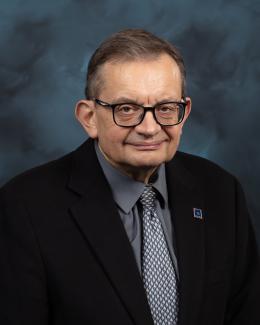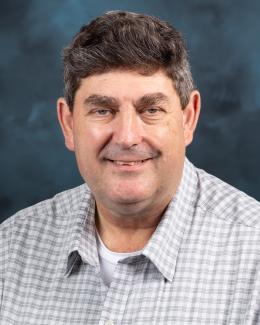Towards new super heavy elements
The Science
The Periodic Table of Elements and the Segre Chart (Table of Nuclides) now terminate with a single isotope of element 118, which has been named Oganesson (Og). This isotope, 294Og, was created during irradiation of an ORNL-made 249Cf target with a 48Ca beam at JINR (Russia). The continuing joint experimental program includes ORNL and UTK physicists and aims to synthesize even heavier elements and nuclei. These experiments are in progress at laboratories like RIKEN (Japan) and JINR using recently constructed facilities dedicated to this effort. The seventh row of the Periodic Table, including element 117 (tennessine), recently was completed using fusion-evaporation reactions with actinide target materials produced and purified at ORNL. Future discoveries will require the use of actinide materials irradiated with heavier beams such as 50Ti, 51V, 54Cr and 58Fe. However, experiments to verify the beam energy needed for optimum production of new elements and isotopes may require years to complete.

The Impact
A much faster experimental method to determine the optimum energy for heavy ion beams irradiating actinide targets to produce super heavy elements has been developed by the scientific collaboration working at RIKEN. This method relies on the experimental determination of quasi-elastic scattering yields and their relation to the fusion reaction mechanism accounting for a deformation of actinide targets. The optimum beam energy coincides with the Coulomb barrier distribution for compact collisions, i.e., projectile impacting along the short axis of the deformed target nucleus, see Phys. Rev. Lett. 124, 052502 (2020). This method will be verified for a 51V beam irradiating a 248Cm target to synthesize the new element 119 in the ongoing ORNL-Japan collaboration.



